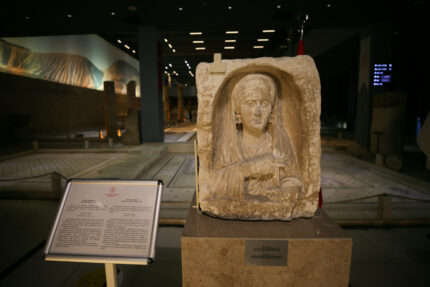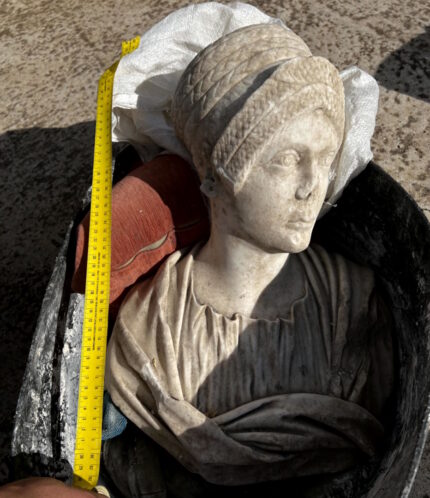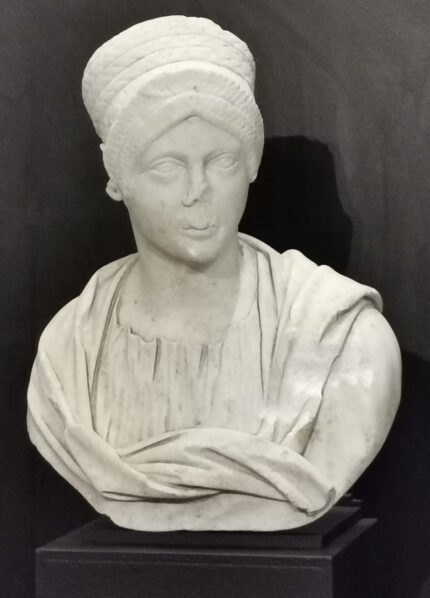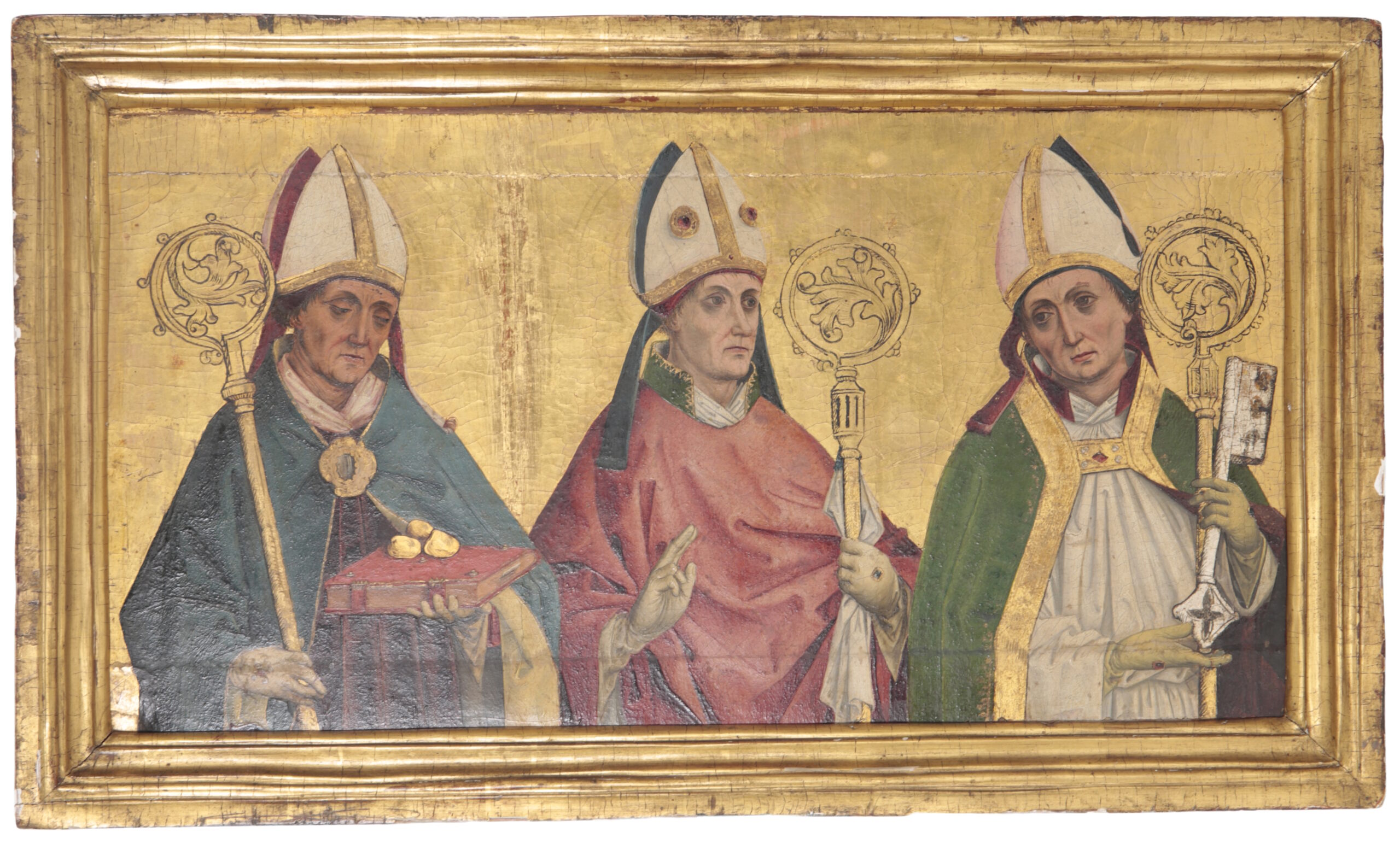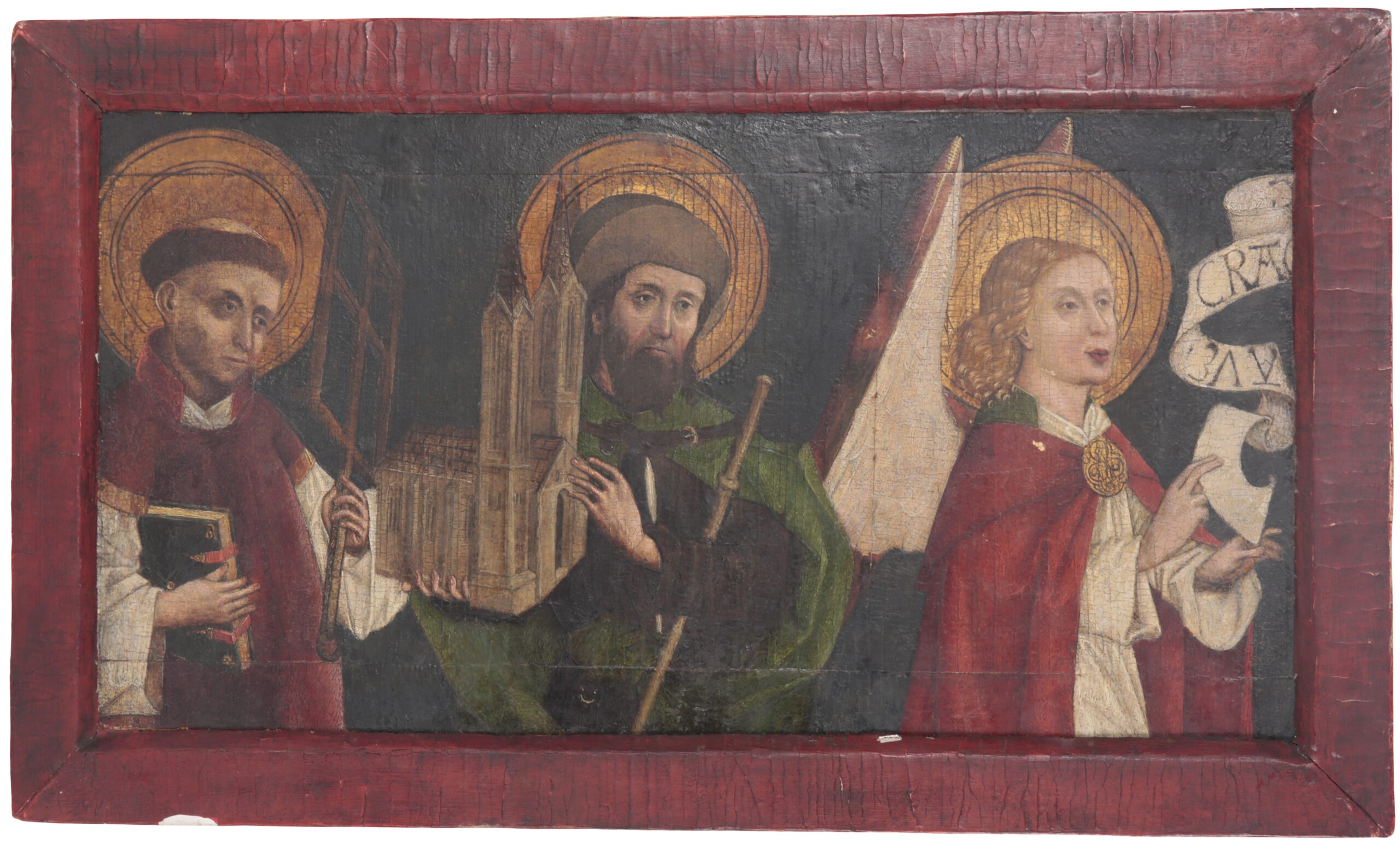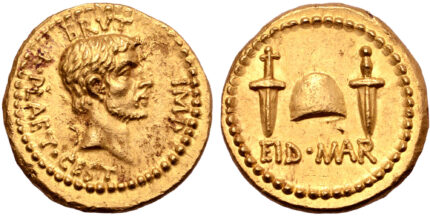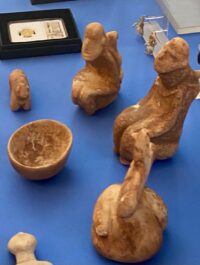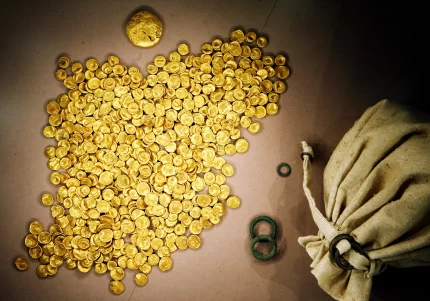 Four suspects in the shocking theft of a Celtic gold coin hoard from the Celtic-Roman Museum in Manching, Bavaria, have been arrested. The bad news is one of the suspects was carrying 18 gold lumps in a plastic bag at the time of his arrest. Micro-X-ray fluorescence analysis of the composition of the nuggets found they match that of the Celtic coins. Each lump amounts to four of the coins. So yes, these rats stole a historically priceless hoard of 483 Celtic coins from 100 B.C. and melted at least 70 of them down. There is no good news, but some small consolation can be found in authorities’ hope that most of the coins are still out there, hidden by the thieves to minimize chance of arousing suspicion while the heat was still on the investigation.
Four suspects in the shocking theft of a Celtic gold coin hoard from the Celtic-Roman Museum in Manching, Bavaria, have been arrested. The bad news is one of the suspects was carrying 18 gold lumps in a plastic bag at the time of his arrest. Micro-X-ray fluorescence analysis of the composition of the nuggets found they match that of the Celtic coins. Each lump amounts to four of the coins. So yes, these rats stole a historically priceless hoard of 483 Celtic coins from 100 B.C. and melted at least 70 of them down. There is no good news, but some small consolation can be found in authorities’ hope that most of the coins are still out there, hidden by the thieves to minimize chance of arousing suspicion while the heat was still on the investigation.
The estimated market value of the coins if they had been sold commercially was approximately $1.8 million. The gold value alone of the 3.7 kilos (8 lbs) of coins at the time of the heist was around $278,000. Both figures pale in comparison to the archaeological significance of the hoard, of course. Discovered in 1999 at the site of a Celtic settlement in what is now Manching, the hoard had been buried in a sack under the foundations of an ancient building. Analysis of the coins found the source of the metal was not local; it was Bohemian river gold. The hoard was the largest find of Celtic gold in the 20th century. It went on display at the museum in 2006 and was its signature attraction.
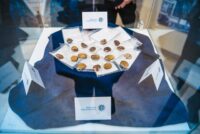 The theft was meticulously planned and executed in just nine minutes from break-in to getaway. At 1:17 AM on November 22, 2022, fiber optic lines were cut at the telecom hub nearest the museum, knocking out internet and phone service to the museum (and 13,000 other customers). With the museum’s security system disabled, thieves broke in through an emergency exit at 1:26 AM, busted the bulletproof safety glass encasing the hoard and were out the door with the loot at 1:33 AM.
The theft was meticulously planned and executed in just nine minutes from break-in to getaway. At 1:17 AM on November 22, 2022, fiber optic lines were cut at the telecom hub nearest the museum, knocking out internet and phone service to the museum (and 13,000 other customers). With the museum’s security system disabled, thieves broke in through an emergency exit at 1:26 AM, busted the bulletproof safety glass encasing the hoard and were out the door with the loot at 1:33 AM.
Investigators from the Bavarian State Criminal Police Office (BLKA) searched the area around the museum thoroughly, recovering two crowbars, a pair of pruning shears, a wire cutter and a radio antenna. DNA traces on the tools of the crime connected the theft to eight similar ones in Germany and Austria. Months of dogged pursuit traced the suspects to northern Germany and the Ingolstadt public prosecutor’s office issued arrest warrants for them. Searches of 28 apartments, businesses, garden plots, a boathouse and vehicles found a panoply of burglary equipment.
 One of the members of the gang is a telecommunications engineer, hence the fiber optic angle. The other three are an accountant, a shop manager and a demolition firm employee. Evidence ties the four suspects to 11 other thefts targeting supermarkets, a casino, gas stations and an ATM, but this was the first to target cultural heritage. Looks like they developed a taste for it, because investigators found that vehicles rented by the suspects this year had stopped near museums in Frankfurt, Idar-Oberstein, Trier and Pforzheim.
One of the members of the gang is a telecommunications engineer, hence the fiber optic angle. The other three are an accountant, a shop manager and a demolition firm employee. Evidence ties the four suspects to 11 other thefts targeting supermarkets, a casino, gas stations and an ATM, but this was the first to target cultural heritage. Looks like they developed a taste for it, because investigators found that vehicles rented by the suspects this year had stopped near museums in Frankfurt, Idar-Oberstein, Trier and Pforzheim.
The suspects have not given over any information since their arrest. Authorities are searching for any surviving coins in Mecklenburg-Western Pomerania where three of the four were arrested. The search will target other areas that have come up in this extensive investigation as well.
